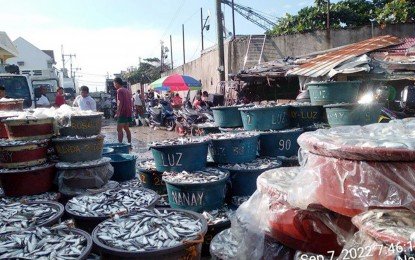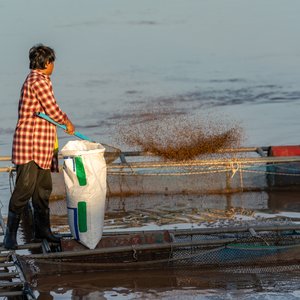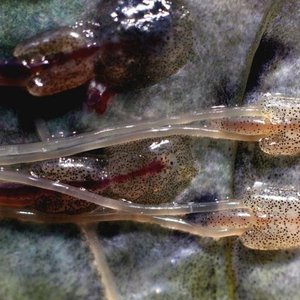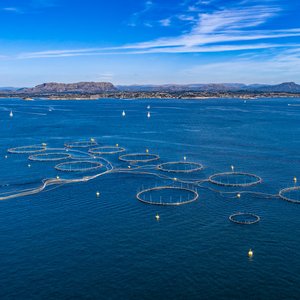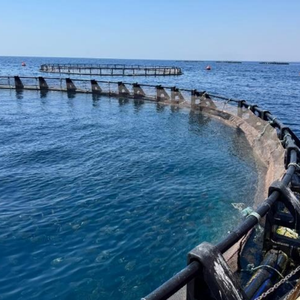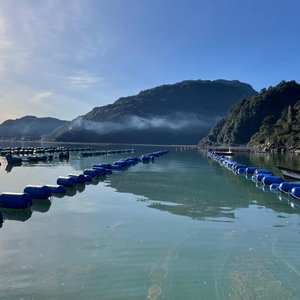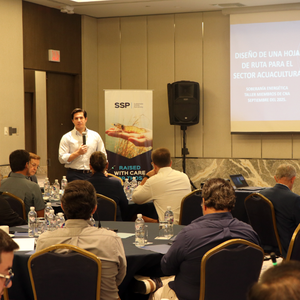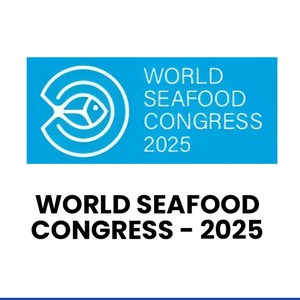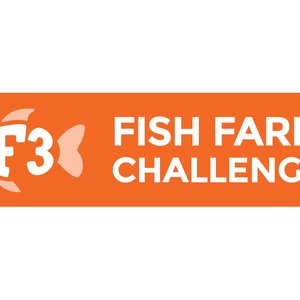The National Fisheries Research and Development Institute (NFRDI) has launched a groundbreaking research initiative to breed Bali sardinella (Sardinella lemuru), locally known as tamban, in captivity—marking the first attempt of its kind in the Philippines.
Tamban is one of the most widely consumed and affordable fish species in the country. According to the Philippine Statistics Authority, sardines ranked second among capture fishery commodities in 2023, contributing 314,147.30 metric tons (16.7% of total output) with an estimated value of PHP 13.81 billion. From 2018 to 2022, tamban consistently led small pelagic fish production, peaking at more than 339,000 metric tons in 2020. Despite its economic significance, tamban aquaculture has never been developed.
“A documented breeding technology specific to tamban has never been attempted before,” said Maria Theresa Mutia, Officer-in-Charge of the Department of Agriculture–NFRDI and project leader, in a press release. “But with growing pressure on wild stocks and the risk of supply instability, there is a need to explore alternative solutions.”
The Tamban Hatchery Program, a seven-year research initiative running from 2024 to 2030, aims to develop tamban breeding and culture technologies suitable for aquaculture. It is being carried out in collaboration with the Southeast Asian Fisheries Development Center–Aquaculture Department (SEAFDEC/AQD) and the Department of Agriculture’s Bureau of Fisheries and Aquatic Resources Region 9 (DA-BFAR 9, Zamboanga Peninsula). The program is structured in three phases: biological studies and domestication (2024–2025), broodstock development and breeding trials (2026–2028), and grow-out culture (2029–2030).
Early results from Phase 1 have been promising. NFRDI and SEAFDEC/AQD have successfully developed protocols for live transport and domestication, with tamban surviving up to 378 days in captivity. Currently, 232 tamban are being reared at NFRDI’s Freshwater Fisheries Research and Development Center in Taal, Batangas, and SEAFDEC/AQD’s hatchery facility in Tigbauan, Iloilo. Preliminary biological studies show that tamban feed primarily on copepods, along with phytoplankton and zooplankton.
Mutia emphasized that the program aims to support long-term sustainability, enhance food security, and stabilize the nation’s sardine supply through the development of viable tamban aquaculture.


